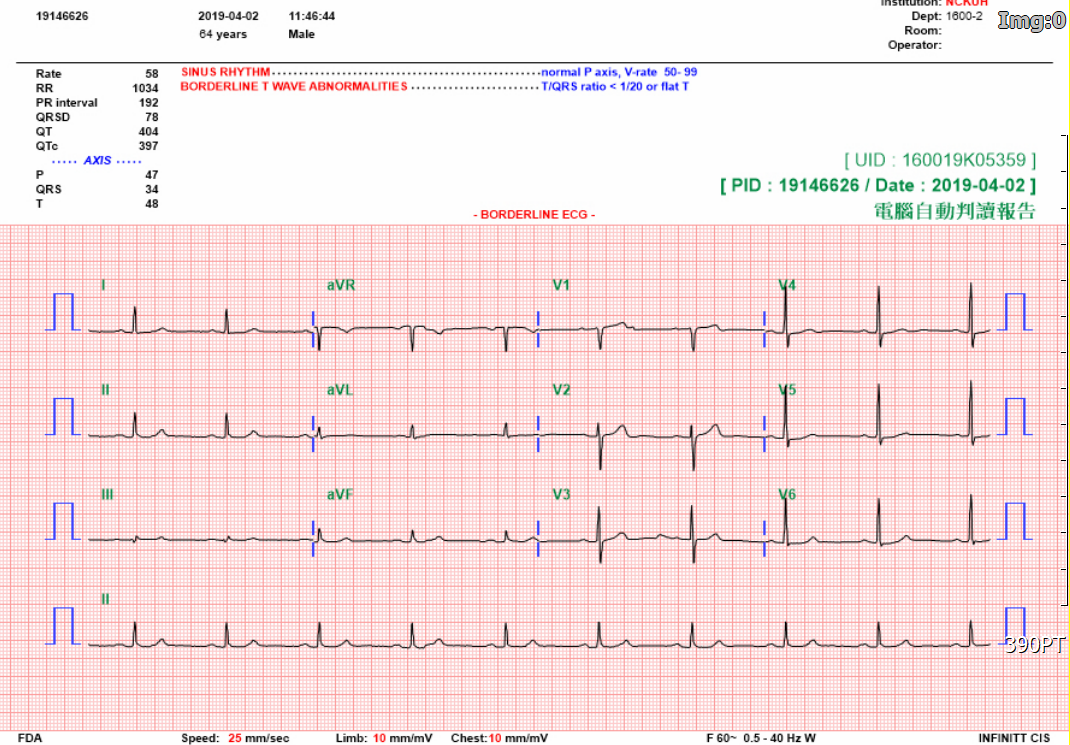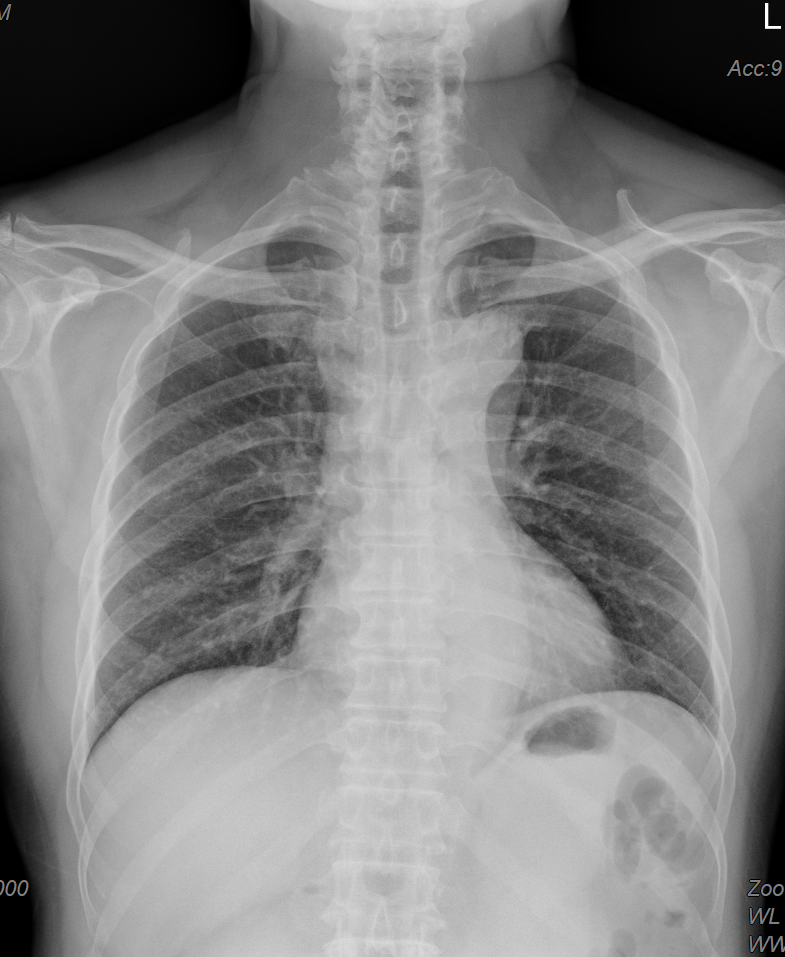Lots of interesting abstracts and cases were submitted for TCTAP & AP VALVES 2020 Virtual. Below are accepted ones after thoroughly reviewed by our official reviewers. Don¡¯t miss the opportunity to explore your knowledge and interact with authors as well as virtual participants by sharing your opinion!
* The E-Science Station is well-optimized for PC.
We highly recommend you use a desktop computer or laptop to browse E-posters.
CASE20191112_002
| CORONARY - Bifurcation/Left Main Diseases and Intervention | |
| Angulated Left Main Bifurcation | |
| Chao Yun Cheng1 | |
| National Cheng Kung University Hospital, Taiwan1, | |
|
[Clinical Information]
- Patient initials or identifier number:
Mr. Chen
-Relevant clinical history and physical exam:
This 64-year-old man was a heavy smoker with medical history of hypertension, dyslipidemia and gout. He had intermittent typical chest pain since November, 2018. He was under out-patient department follow up with medication control. However, he had more frequent chest pain attack in recently even when rest. Under impression of unstable angina, he was admitted to our hospital for coronary angiogram.
-Relevant test results prior to catheterization:
Laboratory data showed creatine was 1.64 mg/dL with eGFR was 43 mL/min/
  - Relevant catheterization findings:
Left main artery: diffuse atherosclerosis with 70% stenosis and angulated bifurcation lesion (1,1,1)
Left anterior descending artery : diffuse atherosclerosis with 80-90% stenosis at the ostium and segmental 50-70% stenosis along middle part of LAD Left circumflex artery: diffuse atherosclerosis with 80% stenosis at the ostium and segmental 50-70% stenosis at proximal part of LCX Right coronary artery: chronic total occlusion |
|
|
[Interventional Management]
- Procedural step:
1. Use EBU 3.5 SH 6Fr to engage LCA orifice.2. Use SION wire to cross through distal LCX and use Runthrough wire to cross through intermediate artery. However, have difficulty in cross through LAD with Fielder wire.3. Use IVUS to evaluate bifurcation condition.4. Apply ¡°reverse wire technique¡± with Crusade microcatheter to successful cross through distal LAD.5. Use Legend balloon and then NC quantum balloon via Guideliner to pre-dilate LM and LAD.6. Synergy stent 2.5*48 mm was deployed at middle part of LAD.7. Use kissing balloon technique to pre-dilate LM bifurcation.8. Apply DK crush stenting technique with Synergy stent 3.5*28 mm deployed at proximal LCX and Synergy stent 3.5*48 mm deployed from LM to proximal LAD. 9. Final coronary angiogram show good flow condition.
- Case Summary:
We sucessfully stented a difficult angulated bifurcation lesion (1,1,1) with severe stenosis at angulated orifice of left aterior descending artery by combinati-on with reverse wire technique and DK crush stenting technique.
|
|